|
Update September 1st, 2020: as the investigation into the fire reveals more information, it seems the market is salvageable. 33 stalls were destroyed and another 44 were damaged (of the over 700 inside the building). The fire is believed to have been caused by bad electrical wiring (which is anything but surprising given the way wires work in Cambodia), and a structural assessment of the building is ongoing. The fire was largely contained to the western half, meaning that the clock tower in the eastern portion got a little dirty from smoke but seems to be standing just fine. I have heard many local friends claim that the fire may end up being a good thing, as plans are already underway to clean and paint the market to make it look even better than it did before. I am much relieved to know that the damage is not as severe as initially thought, even if some of my post is made irrelevant by that information. For the sake of posterity, and because these issues are still important to consider at the market and beyond, I am leaving this post up in its original format. Soon after 6pm on Sunday, August 30th, 2020, hundreds of Cambodians encircled Psaa Nat - the Meeting Market - and watched helplessly as flames engulfed the structure’s empty clock tower that points just ever-so-slightly southeast towards the Sangkae River. For nearly 90 years, Psaa Nat stood as one of the most iconic buildings in the northwestern Cambodian city of Battambang - visible on tourist t-shirts and postcards, and often serving as a backdrop for photos for locals and visitors alike. The cause of the fire is as-yet unknown, although there were storms in the area so lightning is a possibility, as is the spread of an open fire through the textile market from a range of sources. Unable to visit Battambang myself this summer due to the ongoing COVID-19 pandemic, I sat on my couch in Green Bay, Wisconsin watching in horror as my research assistant Visal sent me live photos and videos of the conflagration. Like so many residents of Battambang, I have a deeply personal connection with Psaa Nat. On my first trip to Battambang in 2009, I stayed the first night of my lifetime fascination with the city in the Royal Hotel directly adjacent to Psaa Nat’s western entrance. One of my best friends in Battambang sold clothing in the market, and I even had jewelry made there for my family on my last visit (in addition to one of my own Buddha amulets). I’ve spent countless hours sitting amongst the piles of shoes and textiles talking to vendors and shoppers about their lives, and one of my favorite picture spots in the region is directly across the river to the east facing towards Psaa Nat’s skeletal clock tower. While my grief is but a fraction of that felt by those who depended on the market for their livelihoods, I know that everyone who loves Battambang for its unique magic is heartbroken to see the images of this beloved building swallowed by unforgiving flames. The good news is that, as of this writing, there are no reported deaths caused by the fire. The bad news is that, in a summer already occupied with a seemingly unending barrage of problems, local officials estimate that the building is 80% lost and is unlikely to be saved (although damage may be largely contained in the western half without the clock tower). Not only will the loss of the market directly affect the hundreds of people directly dependent on Psaa Nat for their income, but the building’s loss creates several obstacles for urban development and the problematic politics that often occur in Cambodia. First, Battambang City is in the midst of applying for UNESCO World Heritage Status - a politically motivated designation that carries with it the potential for significant gains in tourism(both domestic and international) and urban development. Battambang markets itself as the “Charming City” - a title invented to emphasize the city’s timeless feel and highlight the hundreds of French colonial (and pre-French colonial) buildings for which the city is known. Psaa Nat was one of the most instantly recognizable of these buildings - an emblem of Battambang as a “pocket of the past,” to quote a 2011 feature piece about the city in The New York Times. The now-burned structure was designed and constructed in 1936-1937 by Jean Desbois and Louis Chauchon, who were also responsible for Cambodia’s most famous market - the contemporaneous Psaa Thmei (New Market) in Phnom Penh. The market was built in two halves, with the larger western half containing most of the stalls and the smaller eastern half containing enclosed shop space at the end, adorned by an art deco clocktower. The walkway separating the two parts became an open-air food market, and one of the best places in town to sit, eat some authentic Khmer cuisine, and watch people go about their business. During the violent Khmer Rouge regime in the late 1970s, most of the market’s adornments were removed, leaving behind bare concrete walls and the cut-outs that once housed the clock mechanism. The resulting tower thus became a photogenic symbol of local history ranging from colonial occupation to genocidal conflict to recent recovery. While most people assume the French built the market, it’s important to note that the French are actually only responsible for the market building itself. Before the French took control of the region in 1907, Battambang was ruled as a quasi-independent tributary state by the Aphaiwong dynasty, who were Khmer born but loyal to the Thai monarchy. Maps from this period indicate that the land upon which the French built Psaa Nat was designated a market space far before French arrival, and thus it may be said that the Khmer (with Thai influence) organized Battambang’s downtown heritage district in whilst the French merely built up those foundations into what most people recognize today. Nevertheless, the complicated historical narrative represented by Psaa Nat is precisely what appeals to organizations like UNESCO and could transform Battambang into an internationally-known heritage city. While many other buildings still exist from that time period, the loss of Psaa Nat will certainly force the city to revise its UNESCO strategy. In so doing, a new danger arises: the blight of corruption in Cambodian urban development. Gut reaction tells me that most residents of Battambang will want to rebuild Psaa Nat, assuming most of it cannot be saved. As an icon of their city, of which I have always known them to be extremely proud, Psaa Nat carries deep meaning for locals and they will not let it go easily. Furthermore, Cambodians care deeply about architectural heritage, inspired in part by the importance of Angkor Wat in nationalistic iconography. When the cathedral of Notre-Dame burned in Paris in April 2019, most Cambodians I knew openly mourned the loss of such a great religious structure - even if (and perhaps partly because) it represented a foreign religion from a country that once imposed itself on them. Most of my Cambodian friends changed their social media profile photos and retweeted hashtags to empathize with the French. No one is likely to do the same for the people of Battambang, but locals will mourn their loss in much the same way that the world mourned for Paris. Unfortunately, even if the people of Battambang want to rebuild the market, it is not a guarantee. Psaa Nat occupies prime real estate in the direct heart of Battambang’s heritage district. A large plot of land near the river and other important government buildings, the temptation to sell the land for a profit will loom large over local government. In recent years, Cambodian officials have been heavily criticized for selling off land (occupied or not) to foreign investors, and for tearing down important buildings (such as the White Building in Phnom Penh) for dubious reasons - with bribery and kickbacks being obvious but never explicitly stated reasons. Battambang is no stranger to this behavior, as a Gloria Jean’s Coffee took over one of the most picturesque former colonial buildings along the waterfront in 2016, with a KFC soon following nearby, despite local protests. Standing kitty-corner to Psaa Nat’s western entrance, the Green Tower - so called because of the green construction tarps draped over it - has stood empty for nearly a decade, having been poised to become the city’s tallest building (again, despite local protest) but abandoned due to financial collapse before the walls were finished. Numerous investors will undoubtedly turn a hungry eye towards Psaa Nat, ranging from Chinese-backed tourist resorts and banking or electronics businesses to bars, restaurants, and phone shops operated by the family members of important local leaders. Should Psaa Nat be sold off to investors in this manner, it will dramatically alter the “Charming” quality of downtown Battambang City on which the hopes for future development hang. I cannot predict what will happen, but I sincerely hope that local government - many members of which I know personally and believe to be reasonable people who understand the problems facing reconstruction - will decide to rebuild Psaa Nat. While the loss of Psaa Nat will sting for quite some time - especially for people who worked in the market daily - the city can still salvage the market’s symbolic importance if it immediately devotes itself to rebuilding Psaa Nat with respect to its former history. While I do not necessarily advocate for an exact replica of what existed before, I do believe that intentionally referencing local history in reconstruction can be of great benefit to the city of Battambang, although I also believe this event provides a unique opportunity to improve the market space for the betterment of vendors and shoppers alike. What will be required is not so much money as moral courage - which the local populace has in abundance, but which may test local leadership. I, for one, think today of the people of Battambang as they mourn the loss of one of the city’s most important symbols. But I also assert, as I always have, that Cambodians are in control of Cambodia regardless of the opinions or influence of outsiders. In other words, I advocate for the preservation of colonial architecture but only on Khmer terms. Should locals see these buildings as emblematic of colonial oppression and wish to erase them from the face of the earth, then I fully endorse their right to do so. While I do not believe most Cambodians feel hostility towards these buildings, and believe that locals will likely want to rebuild, I also encourage them to do so with respect to their own history and the celebration of Khmer ingenuity. Replacing a colonial building with capitalist exploitation is simply another form of colonialism, and thus locals must push for a communal effort to rebuild in a way that respects history but on Khmer terms. I know the people of Battambang to be more than willing to undertake such tasks, and while I am sad to see the flames devour such an important piece of local history, I am excited to see and support my friends in Battambang as they create a new future for themselves. Let us hope that local leaders have the same vision. ---
1 - Often commonly spelled Psaar Nath or some variant, spelled ផ្សារណាត់ in Khmer. 2 - Battambang actually has more preserved pre-independence buildings than any other city in Cambodia, including the capital of Phnom Penh. And it’s not close, with Battambang having over 400 preserved buildings more than the runner up city of Kep. 3 - The temple has adorned every iteration of national flag that Cambodian has ever known. 4 - Human rights organization Global Witness has connected the expansion of Gloria Jean’s in Cambodia with a powerful member of a certain highly influential Cambodian family, but I’ll let you discover that on your own instead of stating it directly here. --- 2016. Hostile Takeover: the corporate empire of Cambodia’s ruling family. Global Witness. Bijlard, Simone. 2011. Battered Beauties: a research on French colonial markets in Cambodia. Delft: Delft University of Technology. Chhoung, Tauch. 1994. Battambang during the Time of the Lord Governor. Phnom Penh: Cedoreck. Grant Ross, Helen. 2000. Battambang, Le Bâton Perdu. Phnom Penh: 3DGraphics Publishing. Lindt, Naomi. 2011, Dec 15. “A Pocket of the Past in Battambang, Cambodia.” The New York Times. https://www.nytimes.com/2011/12/18/travel/a-pocket-of-the-past-in-battambang-cambodia.html. Trew, Matthew J. 2019. Selling Symbols: Tourism, Heritage, and Symbolic Economy in Battambang, Cambodia. Dissertation. Madison: University of Wisconsin-Madison.
2 Comments
I’ve wanted to write informal posts about my adventures and ethnographic experiences for a while now, and yet here I am four months into my research with no fieldwork posts to show for it. That changes today, with the first of what I hope will become a series of posts about living and doing ethnography in Cambodia, which I’m not so humbly titling “The Continuing Adventures of Mekong Matty.” Which is a Jungle Cruise reference for you non-Disneylanders, but that’s a topic for another time… I heard about archaeological work at Laang Spean – “The Cave of Bridges” – in the news a few months ago and wanted to arrange a visit. After all, most archaeology in Cambodia is focused on the temples of Angkor, so any significant work being done in Battambang – the focus of my research on tourism – was naturally of personal and professional interest. Luckily, my good friend, Khmer-language buddy, and esteemed archaeologist Dr. Alison Carter knew of a dig at Laang Spean happening from the end of February to the beginning of March. Not only that, but being the amazing person that she is, she knew the head archaeologists – Dr. Hubert Forestier and the (soon-to-be Dr.) Heng Sophady – and put me in direct contact with them. Sophady was eager for visitors and quickly invited me and my research assistant Visal out to Laang Spean in the middle of their dig to see what was going on for ourselves. Laang Spean is easily accessible from Battambang, about 45 minutes by moto down the nicely paved road towards Pailin. Anyone wishing to visit for themselves need only to head towards Phnom Sampeau and keep going past the entrance to that mountain, heading straight to the town of Sdau. Small mountains begin appearing on the otherwise flat landscape near Sdau, and a little beyond the town is a temple near a hill, after which comes a turn-off onto a dirt road that leads towards Laang Spean. This road can be a bit tricky to see at first, but if you travel slowly you’ll notice a sign in French and Khmer that indicates the mountain. From Forestier et al. 2015Then comes the difficult part – actually reaching the mountain of Phnom Teak Trang, where Laang Spean is located. While the highway is easy to traverse, the dirt roads are considerably less so. No signs point the way as you pass through rows of fields growing rice, corn, and other crops, so you may have to stop and ask for directions (although the locals know there’s only one reason for a foreigner to be in those fields, so they’ll point the way quickly enough). Much of the path is pure sand while the rest is mud, so riding a moto can be dangerous and tricky, particularly if there is any recent rain. Worst of all is a hastily constructed wood bridge that you must cross. Visal, being lighter and more experienced with motos than I am, volunteered to take our bike across and I saw several planks of wood lift up on one end where it should have been nailed down. Luckily, we both made it across in one piece. She's a bold kid. A booooold kid.Believe it or not, but this was the easiest part of the road through the field...The Khmer word “phnom” means “mountain,” although in the Cambodian context it’s more like a large hill. In this region, many “phnoms” dot the landscape, so finding the correct one is a bit tricky. The key is to look for the giant scarring cave hole which you can just see about two-thirds of the way up the side of Phnom Teak Trang. The only other indication that we found the right cave was the small collection of motos, tuk-tuks, and beat-up trucks we found at the base – clues that an archaeological team was nearby. It's taller than the perspective on these photos makes it look...A short path through some bushes led to a steep rocky climb up the mountainside. A rope isn’t required, but I still had to stop to catch my balance from time to time for fear of sliding down the loose dirt. I can’t even imagine trying to bring heavy equipment or artifacts up and down this path, and have much respect to those that do. More anthrobutt than you thought you'd see today. Which is odd, since my girlfriend often laments my lack of tushy.The top leveled out into an entrance area of sorts. The cave is exposed to the outside, making it well lit and cool from excellent airflow, and there’s a large foyer-type area on the right before proceeding into the deeper part of the cave to the left. Separating the left and right sections is a tree and collection of vines that hang from the ceiling. A small shrine dedicated to the tiger spirits is located at the bottom of the tree where I later witnessed visiting Cambodian officials (military, political, etc.) pray and burn incense. Buddhist monks also performed a ceremony at this site before the dig to bless the endeavour, as per local custom. The entrance to Laang Spean. "Foyer" to the right, dig site in the back left. "Bridge" all the way in the back.The cave is called Laang Spean – “The Cave of Bridges” – because of several large rock formations that create a bridge-like effect, the largest of which was behind the main dig area. Supposedly there are more than a dozen more caves in the area that archaeologists suspect may house artifacts but are yet unexplored. The cave, while smaller than I expected based on photos I’d seen, was no less beautiful and inspiring. Visal, who loves learning new things about Cambodia that others don’t know, was quite taken with the place and swore to become an archaeologist then and there. Sadly, no one teaches archaeology in Battambang! Behold the Cave of Bridges. Current dig site to the bottom left, the "bridge" in the middle right.About 20 or so Cambodian students from Phnom Penh were digging in the deep test pits, assisted by several French archaeologists with cigarettes dangling from their mouths and two or three foreign volunteers (one American woman was volunteering here before heading to graduate school to study the archaeology of Burma). Visal and I introduced ourselves to Hubert and Sophady, who were kind and enthusiastic about our being there. Sophady was particularly accommodating and carefully guided us around the site answering any questions we had. A shorter man wearing a black shirt and the checkered karma-scarf that most Khmers wear, Sophady is actually finishing his Ph.D. under Hubert and is defending his dissertation on Laang Spean in the next few months (good luck, Sophady!). Based on what I saw in my interactions with him, I have no doubt that he’ll pass with ease and that Cambodian archaeology will be better off for it. Dr. Hubert Forestier and Heng Sophady going all archaeological on me.Between Hubert, Sophady, and some articles I read before visiting the cave, I feel like I now have a decent understanding of the history of the cave, although I’m not an archaeologist (so, digger friends, go easy on me if I sound like an idiot). The first archaeology in the cave was performed in 1965 by French couple Cécile and Roland Mourer, who found a flint point before performing further research. Over several years of work, the Mourers found pottery, bones, molluscs, stone tools, animal remains (including a rhinoceros!), and a variety of other data that indicated significant prehistoric usage of the site. In 1970, they wrote that “to our knowledge, [Laang Spean is] the first prehistoric cave deposit reported in Cambodia” (Mourer 1970). Not only that, but they also mentioned a long history of habitation by hermits and religious devotees, signifying the continuing importance of the cave to the locals even today. From Forestier et al. 2015Unfortunately, and you had to know this was coming, the Mourers were forced to abandon their research and flee the country with the rise of the Khmer Rouge. According to Sophady, research was not fully revived at Laang Spean until about 2009, when he and Hubert from the Franco-Cambodian Prehistoric Mission received funding to continue the work that the Mourers started. As Sophady described it, there are lifetimes of work left to be done that will require many more decades to complete, which is both exciting and daunting. Deep pit = long history (most of the time)Nevertheless, in the short time that archaeologists have been working there, Laang Spean has revealed a fascinating history for the habitation of the region. According to Sophady, the test pits reveal three distinct layers in the limestone, indicating three major time periods of occupation – a Neolithic layer (for lack of a better term), a Hoabinhian layer, and an ancient pre-Hoabinhian layer dating back tens of thousands of years. The stone tools mentioned above, which they continue to find (and which they let Visal hold and inspect, to her astonishment), are indicative of the Hoabinhian cultural complex. The Hoabinhian people (named after the town in northern Vietnam in which the first materials were found) are known for specific tool-making techniques as well as certain dietary preferences, which includes seafood (hence the molluscs found on the top of the mountain). Sophady estimates that the Hoabinhian people who lived in this cave probably did so somewhere between 9000 to 3000 years ago. From Forestier et al. 2015Five burials have also been found – four men and one woman dating to between 1,700 and 1,300 B.C. Some burials were adorned with bangles and gifts, while others were left bare, leading the archaeologists to propose that the society occupying the cave had some form of social hierarchy. They also found 2,700 stone beads, from which later research may discover trade networks with other groups around Asia. Sophady suspects there are more burials left to uncover in the future. Photo of one of the burials before it was excavated. Notice the bangles on the wrists.The burials are likely from the Neolithic period, although the term Neolithic is highly problematic and hard to define out of context. This problem is made more complicated because the different layers of occupation are mixed together a bit nearer the surface, making exact dating and separation more challenging. According to Sophady, the important thing to know is that the occupants of the cave changed at some point in history. Whereas some occupants used the cave to bury their dead, likely indicating a certain reverence for the site (and perhaps involving some form of spiritual belief), later treated the cave as a mundane living space. Thus, the common-day remains of a living people – seafood shells, food refuse, etc. – have disturbed the pristine burials underneath. The difference in usage of the cave has implications for the shifting cultural importance of the site over time, and is something the archaeologists hope to clarify more in the future. The oldest layer is not yet fully explored, although the data indicate that some form of occupation may have occurred in the cave as far back as 71,000 years ago. Hubert and Sophady were quite enthusiastic about the prospect of further research into the deeper and older layer, as there’s potential for the information gained to rewrite the history of human occupation in Southeast Asia. Local students and foreign archaeologists all working together...for science!Unfortunately, Laang Spean is threatened by the encroachment of business development. According to Sophady, the cave is not currently protected as a research site and he’s worried about a Chinese company that has been buying up nearby mountains and caves to exploit the limestone found within in order to make cement. When I asked about UNESCO protection, Sophady shrugged off the site as being “too small” to request such a thing, and thus he’s relying on media attention influencing local politicians to protect the site. From my observations, the campaign is working so far. After a few hours, several well-dressed Cambodian officials came to visit the site, including the local chief of police and an assistant to the Governor of Battambang Province. With their arrival, Sophady called off the student workers, who proceeded to set up a large tarp on the rocky and root-filled ground in the “foyer” area while the archaeological administrators took the officials on a tour. Eventually, everyone sat down on the tarp for a communal lunch prepared by women from the local village. "Hey, I just met you, and this is crazy, but here's a camera, so let's take selfies..." |
AuthorMatthew J. Trew Archives
April 2019
Categories
All
View Disclaimer and Terms of Use |
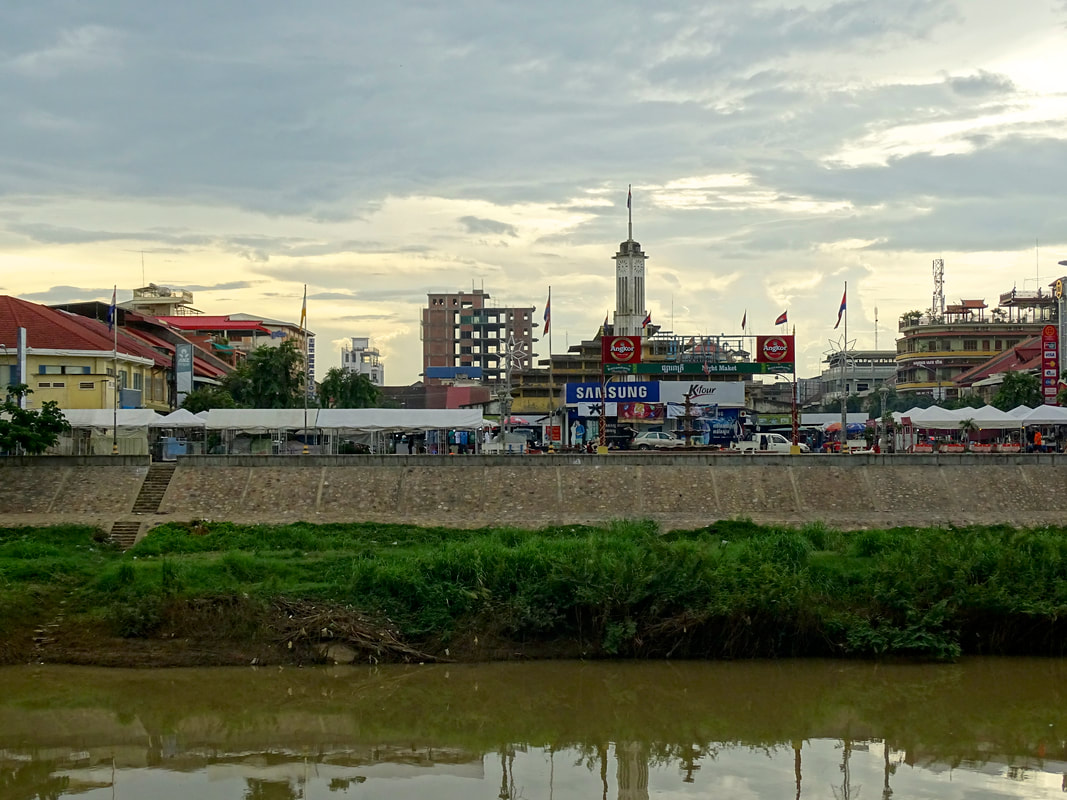
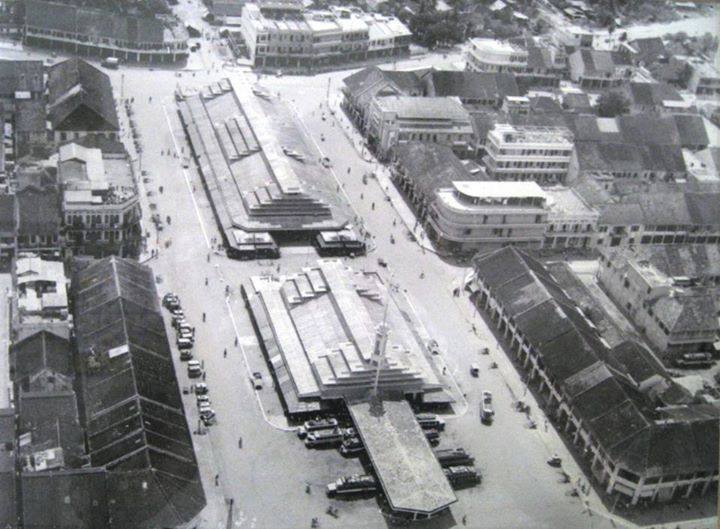
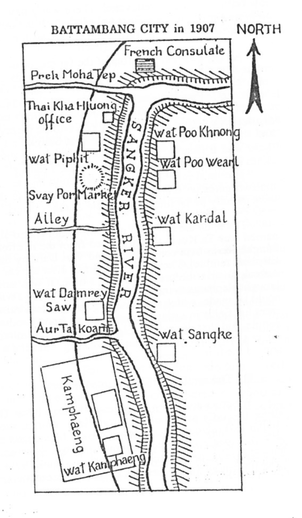
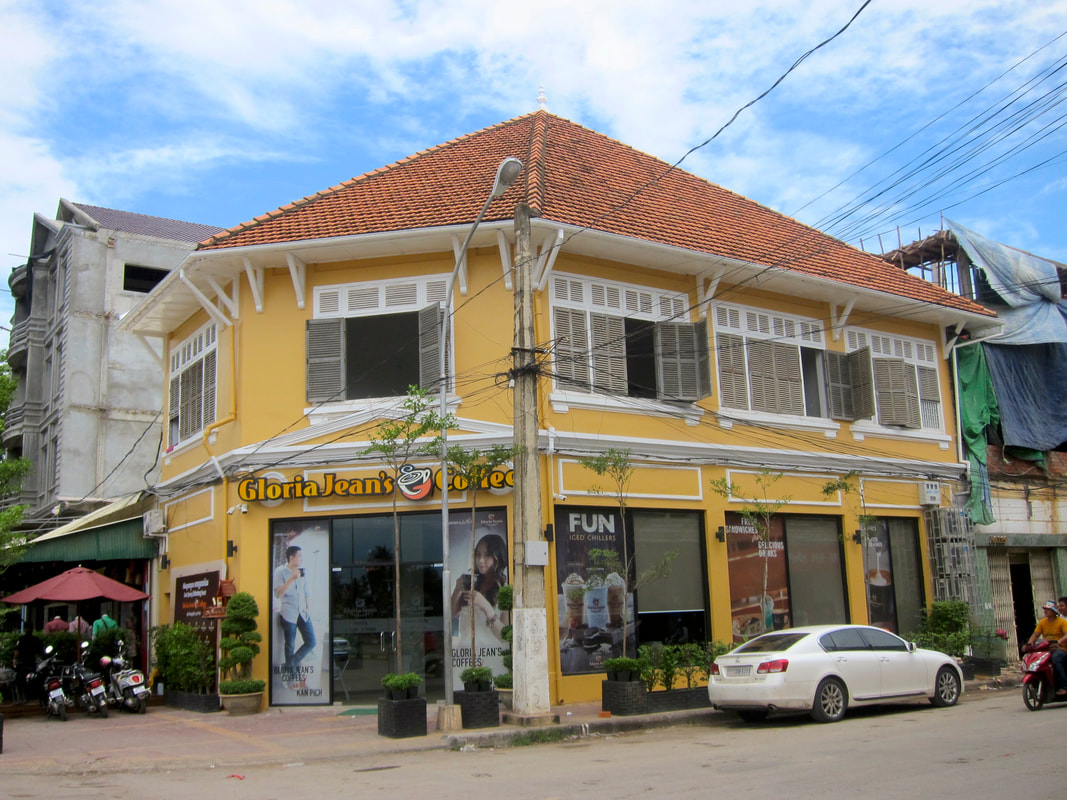
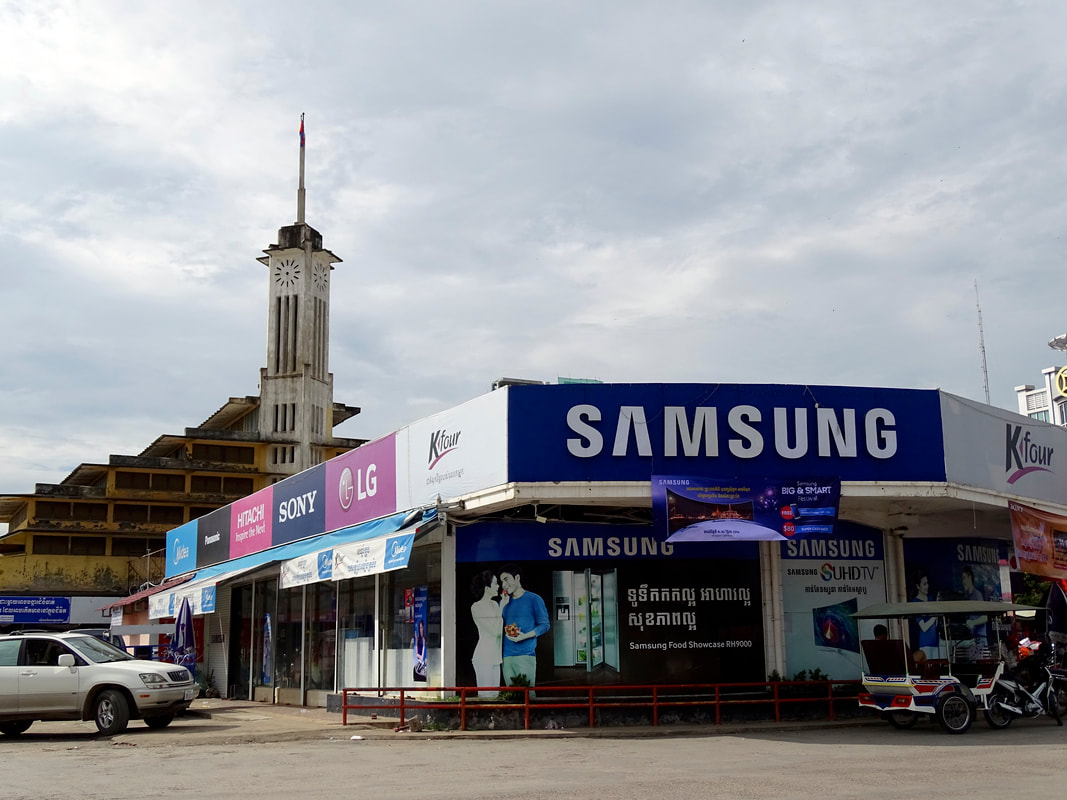
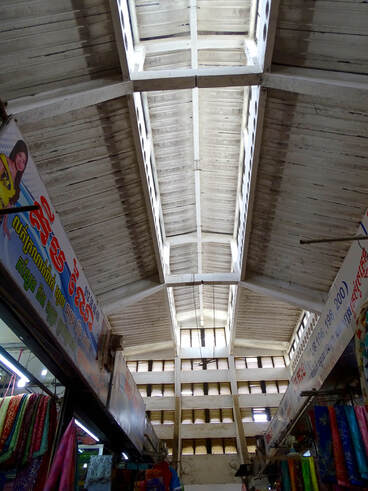
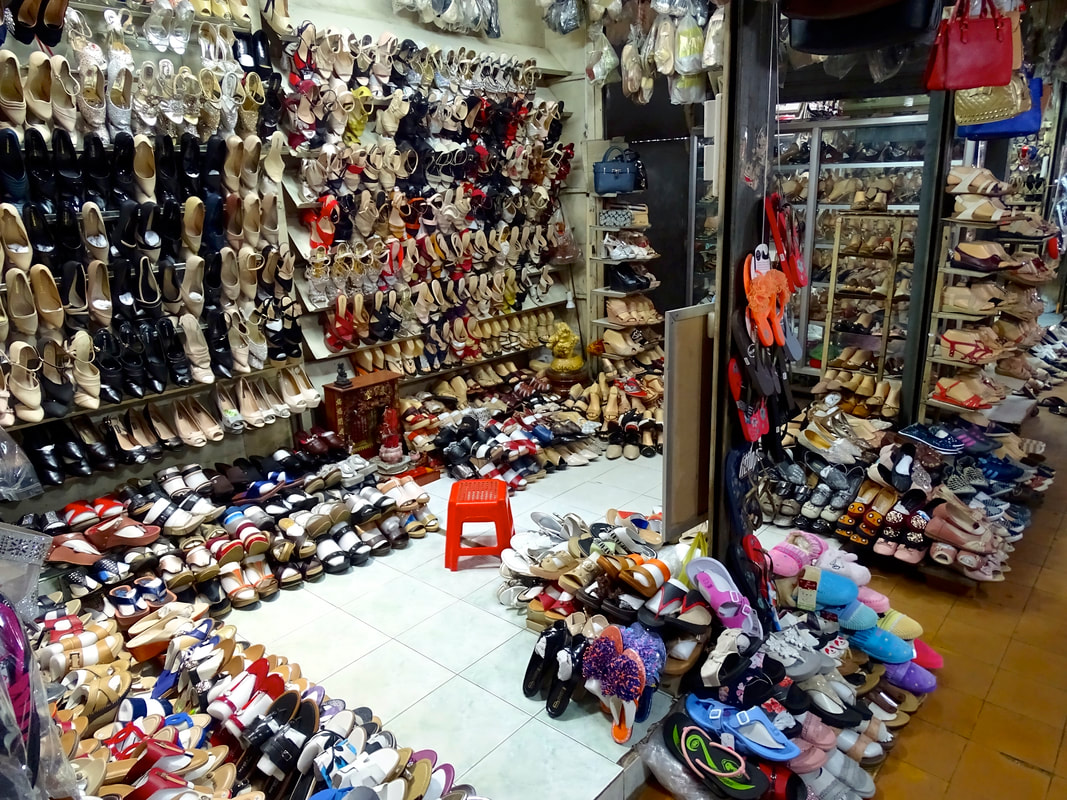
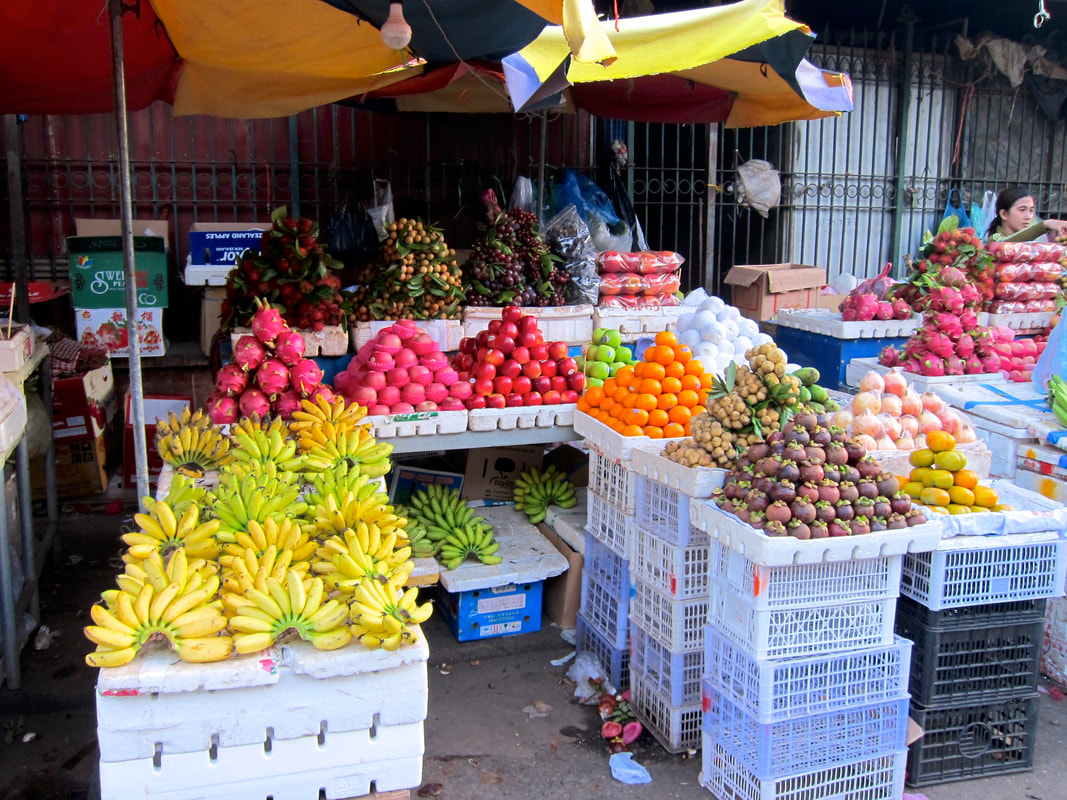
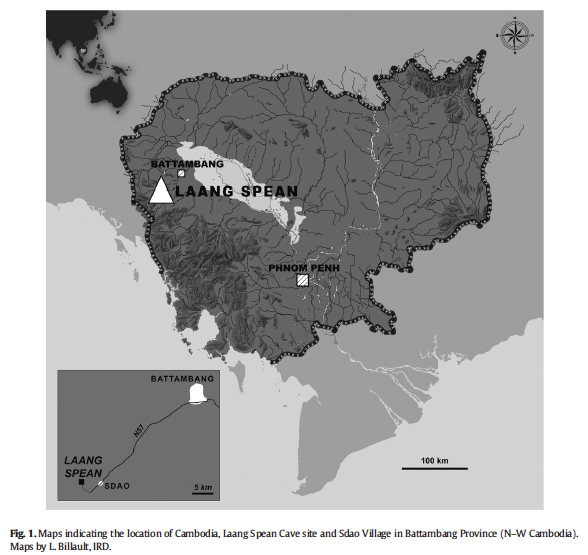
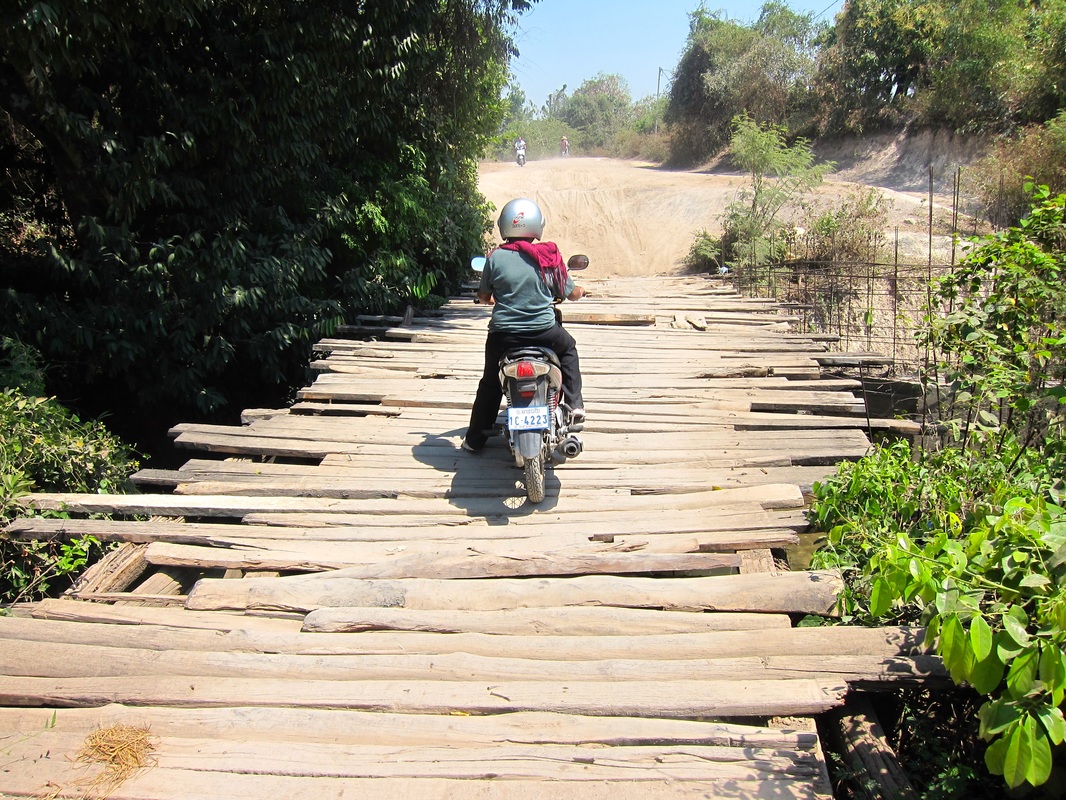
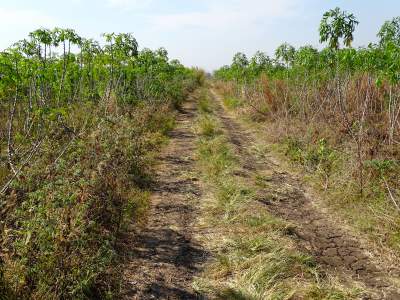
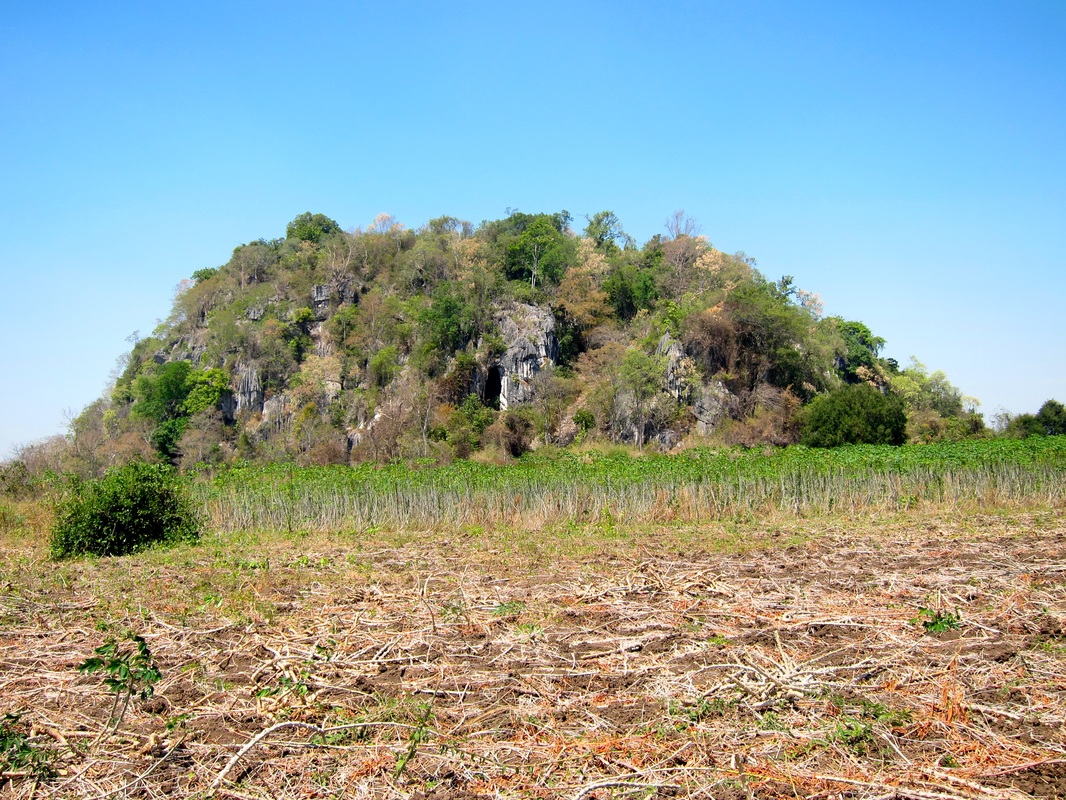
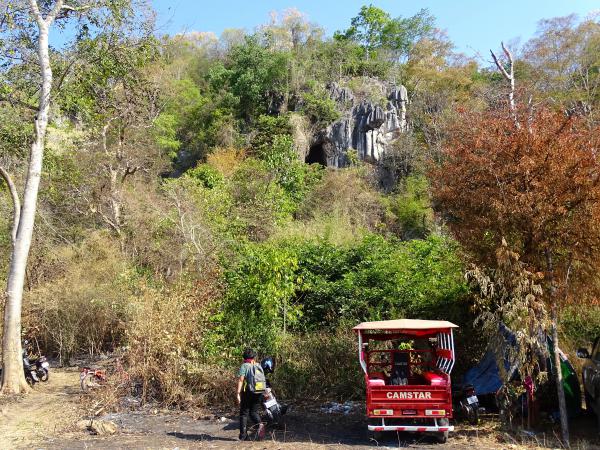
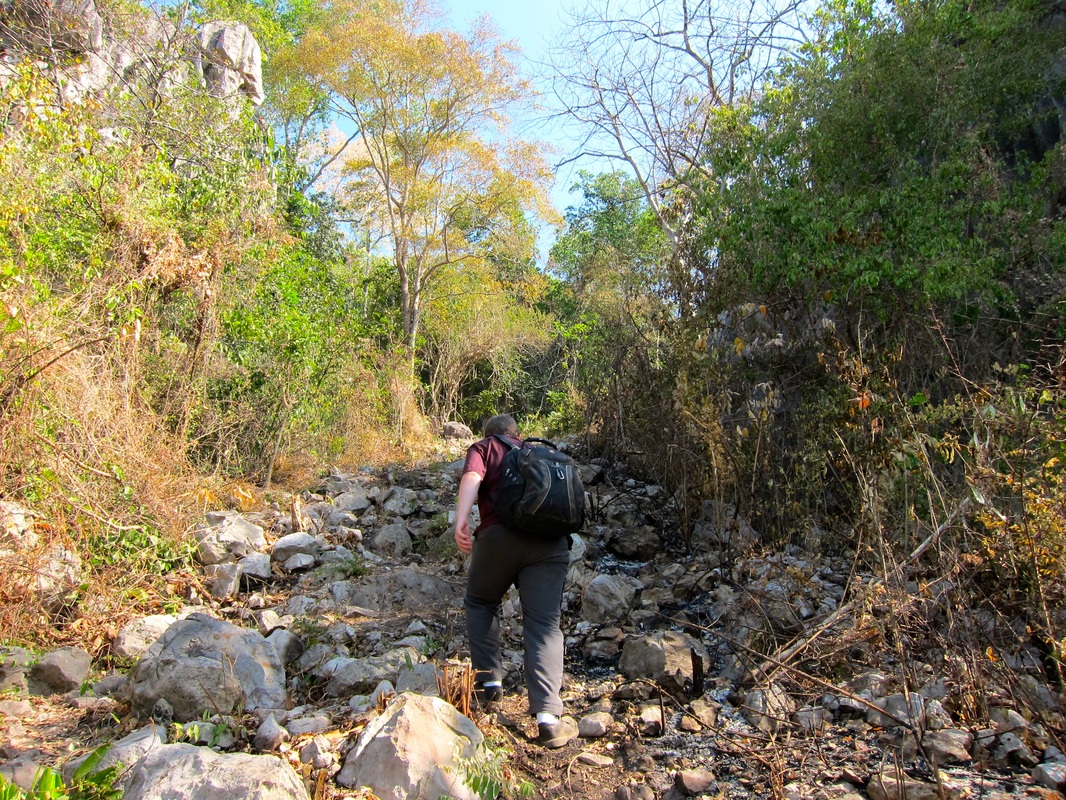
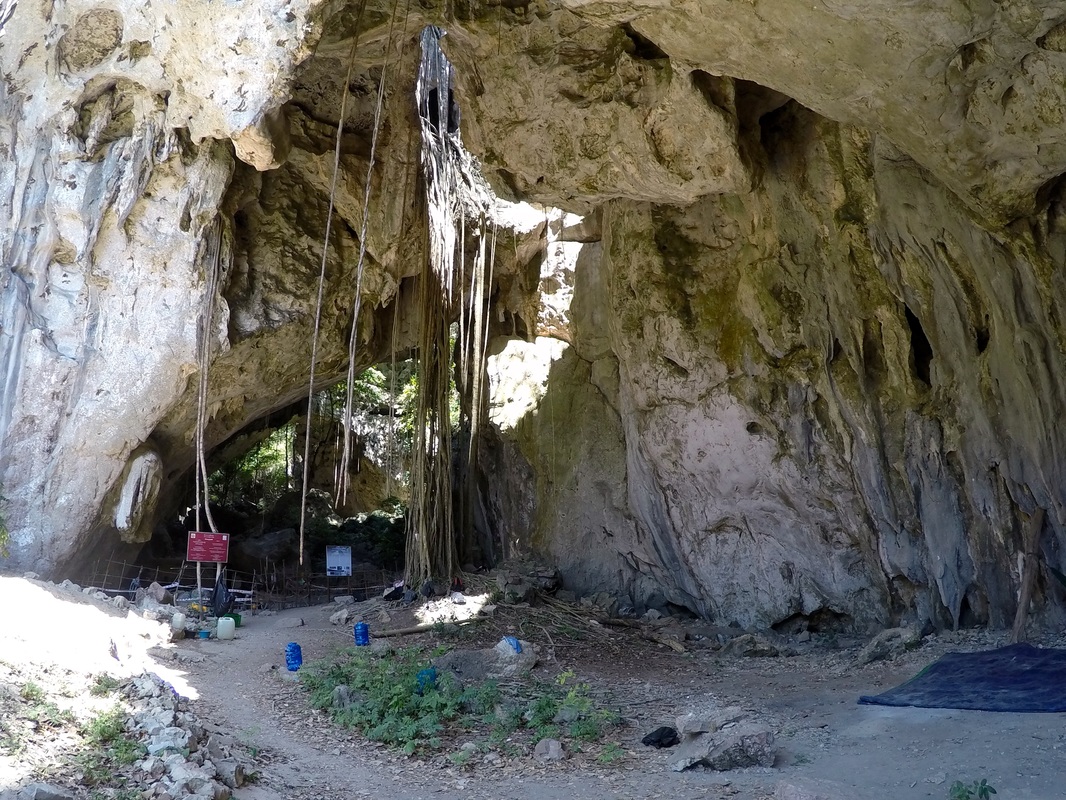
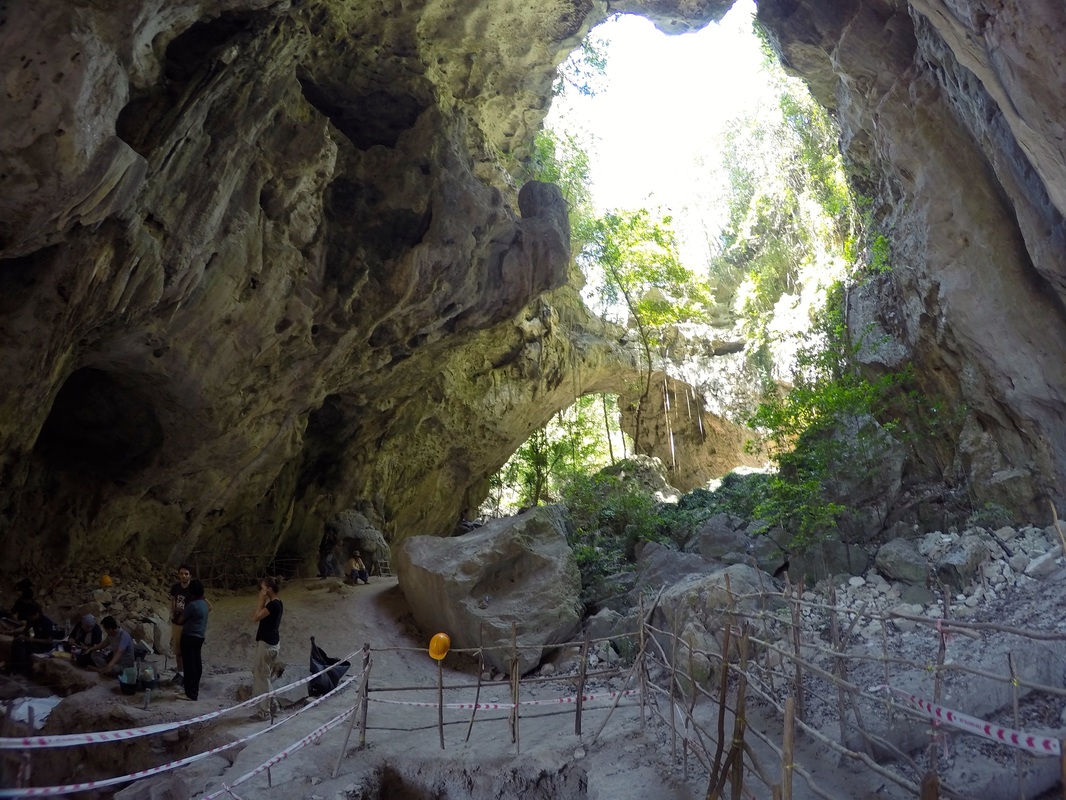
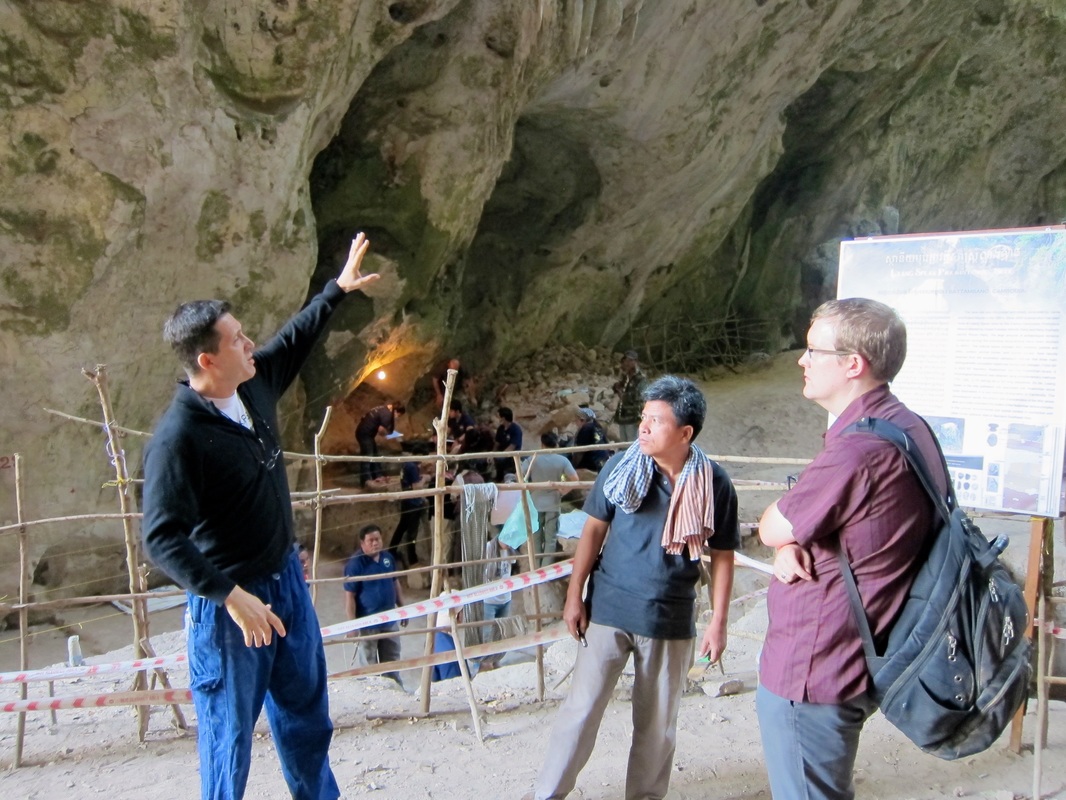
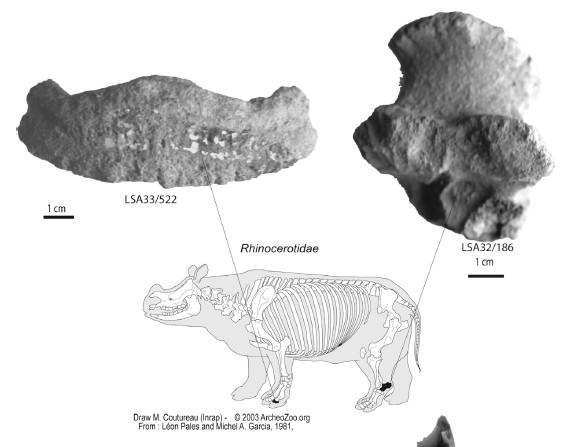
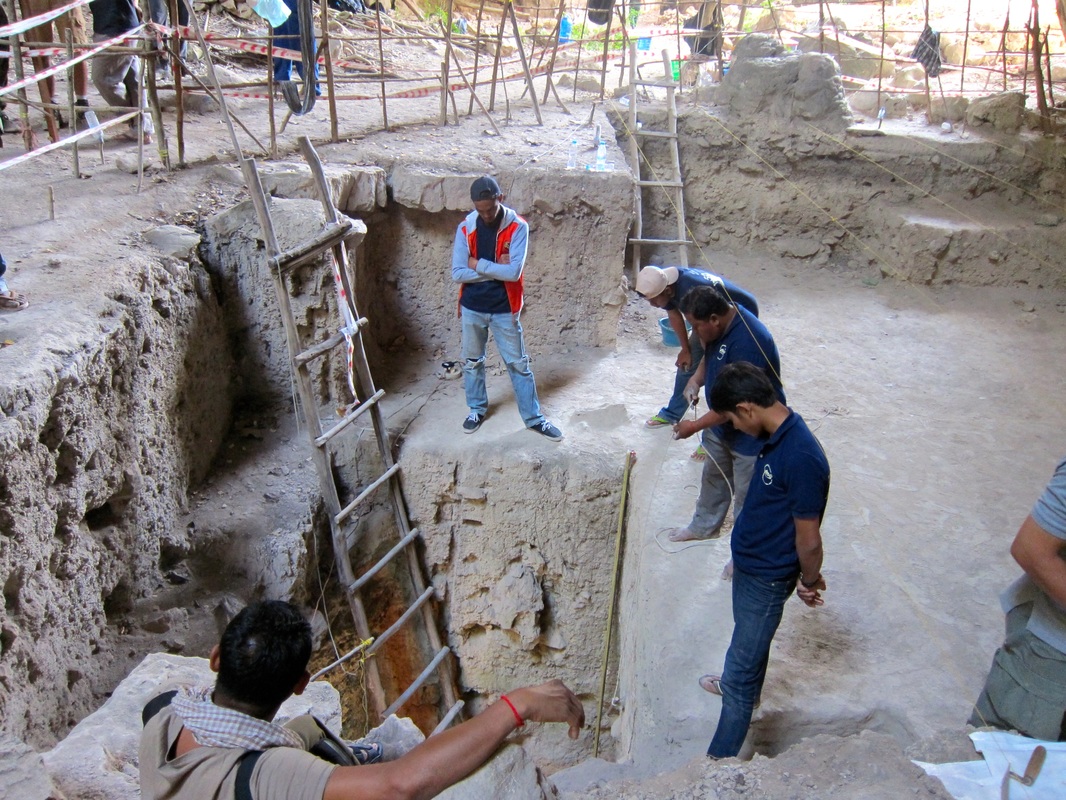
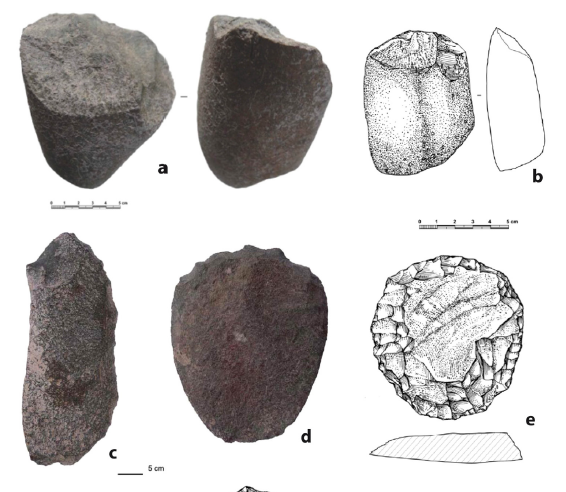
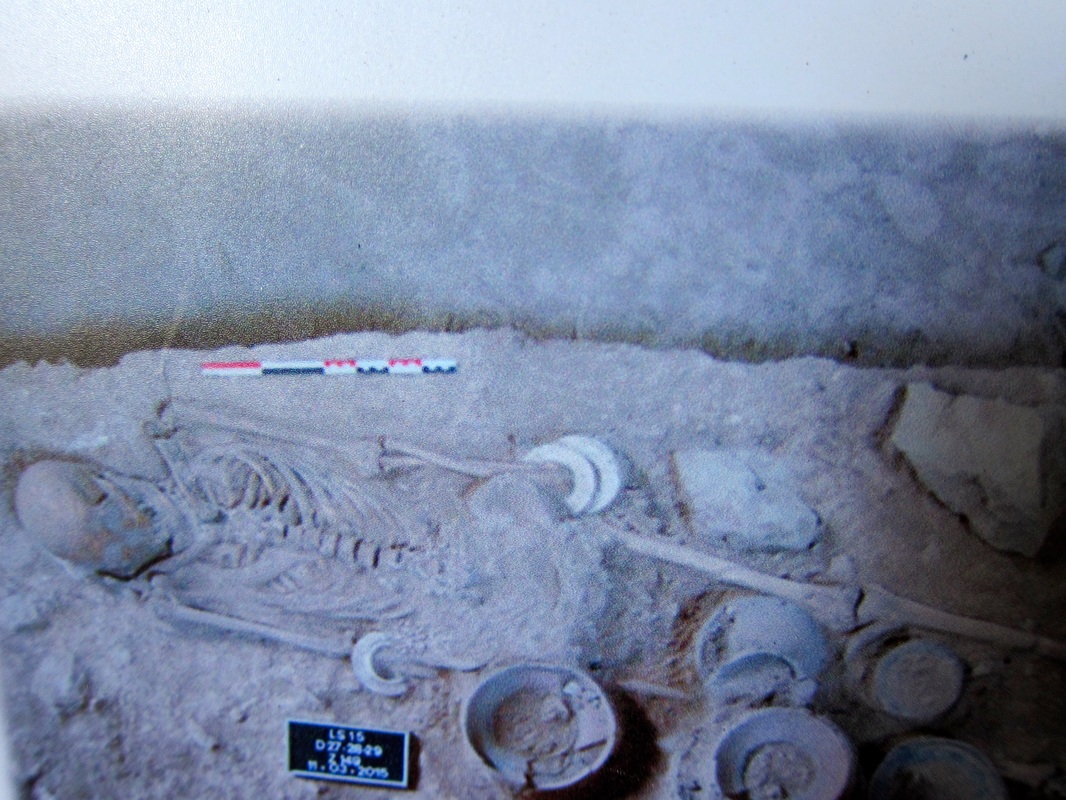
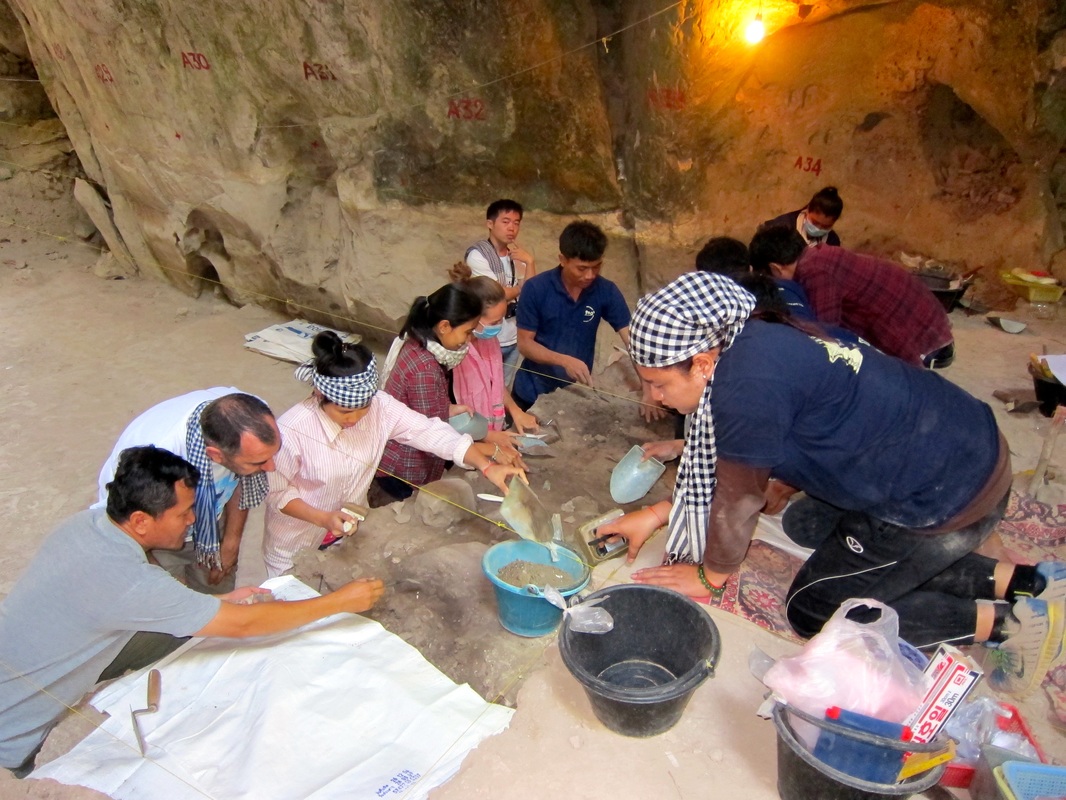
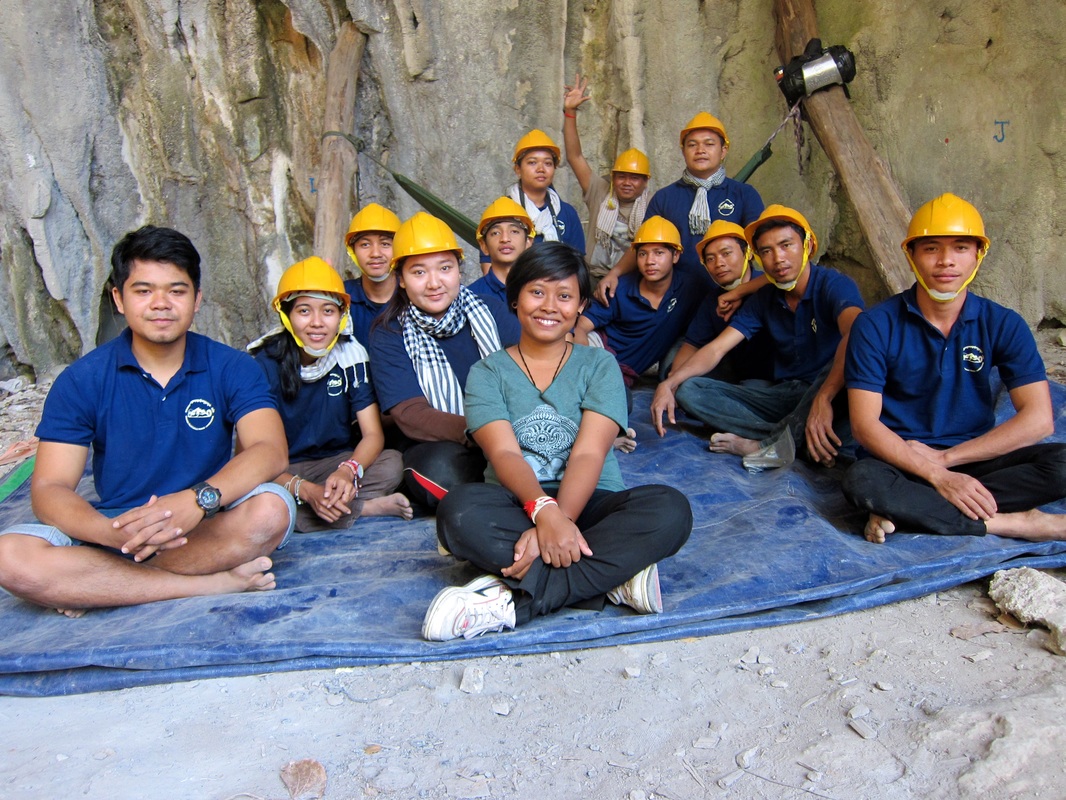
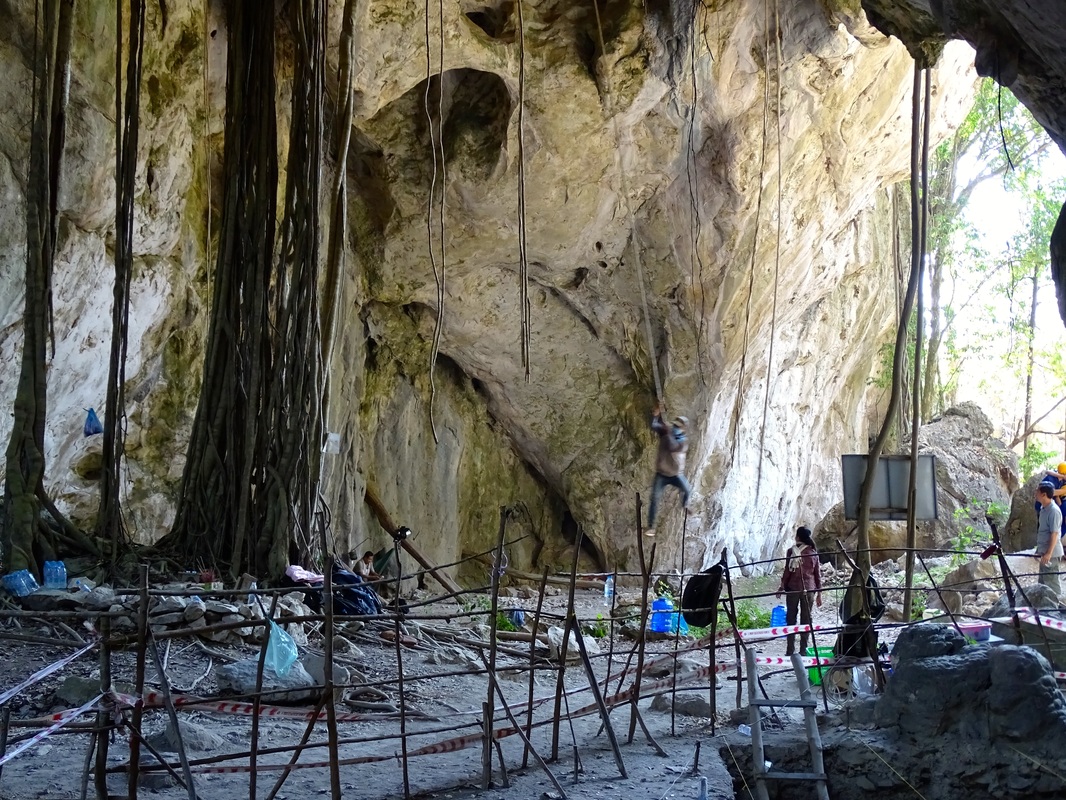
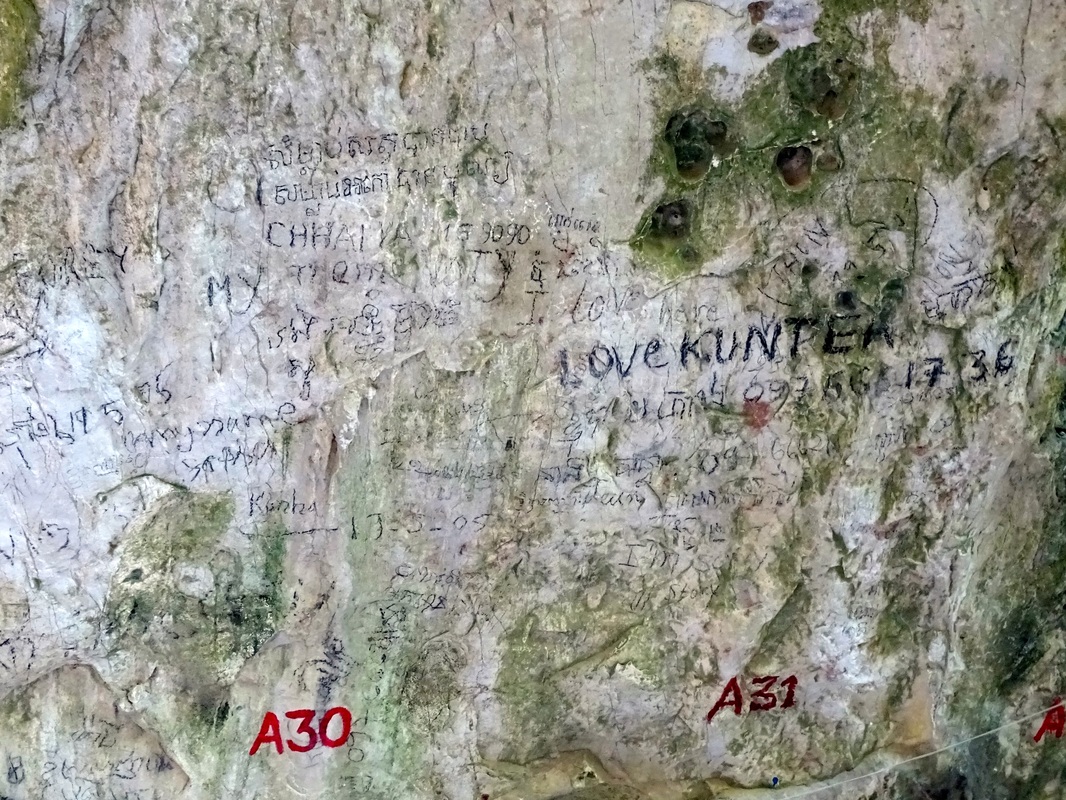
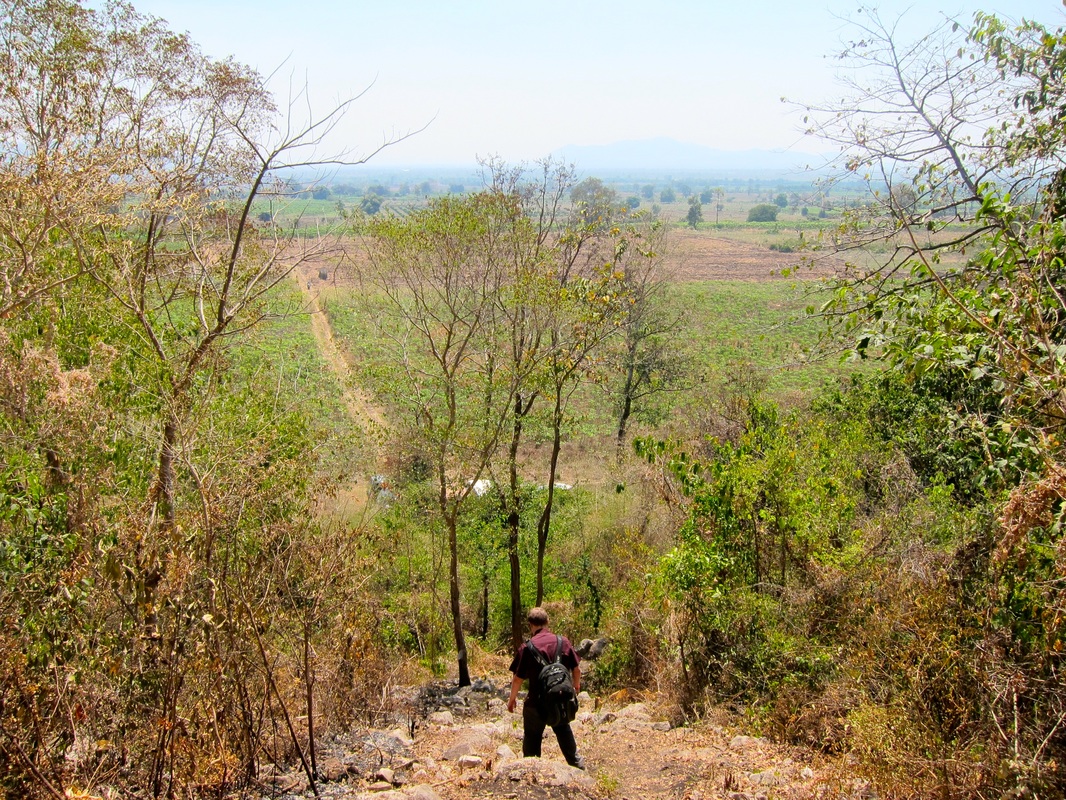
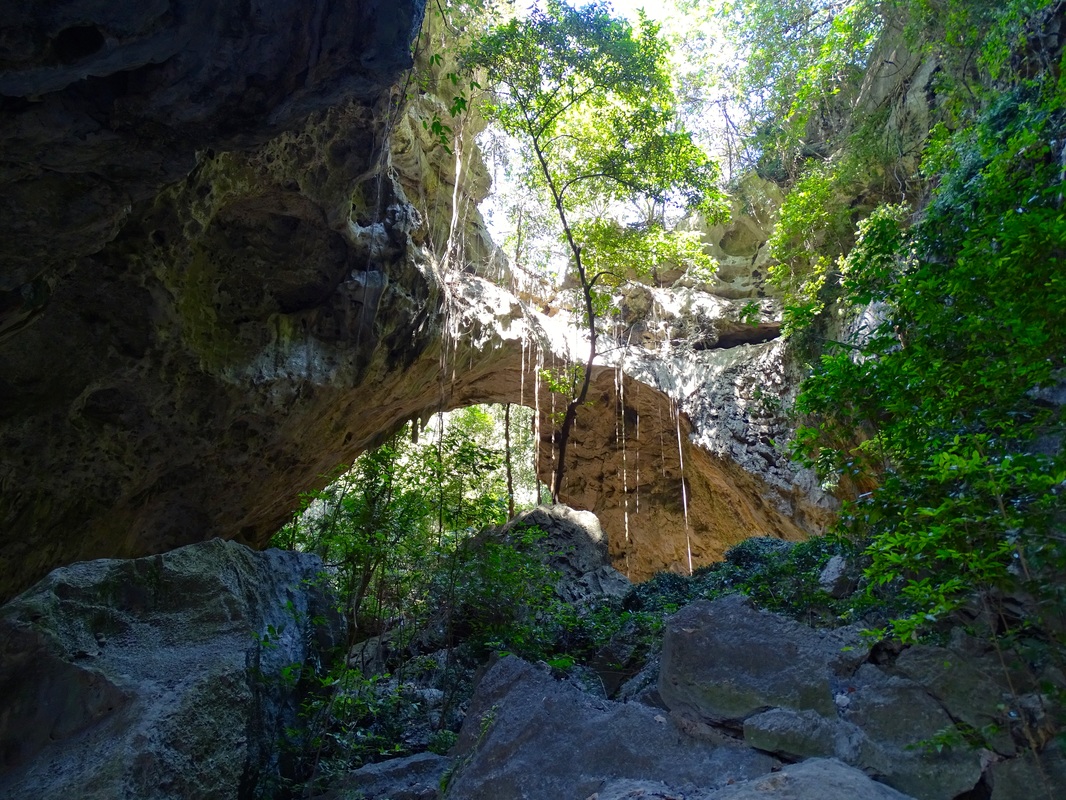
 RSS Feed
RSS Feed
